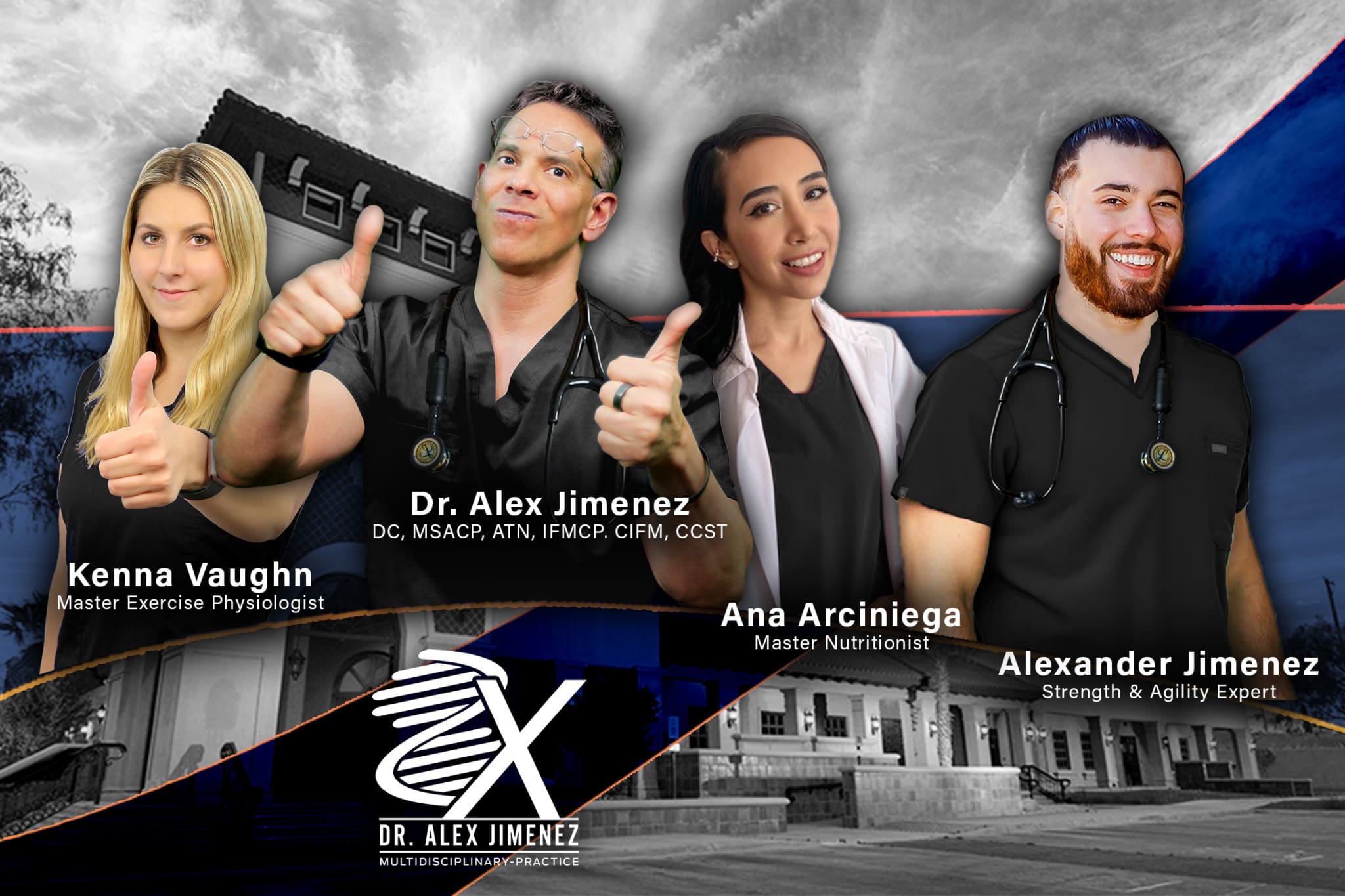Trending
- Deep Breathing While Driving to Reduce Stress
- Gluteal Pain Athletic Recovery: Treatment Explained
- Bloating Linked Spinal Problems: Importance of Alignment
- Gut Microbiome Injury Rehabilitation Guide to Recovery
- Chiropractic Care: What You Need to Know About Calisthenics
- Motor Vehicle Injury Muscle Recovery: What You Need
- Workplace Wellness Through Chiropractic for Injury Recovery
- Chiropractic Flexibility Nutrition Support for Joints
- Tech-Enhanced Posture Recovery for Better Performance
- Chiropractic MVA Mobility Restoration and Rehabilitation
Chiropractic Examination
PUSH as Rx Chiropractic Examination.
An initial chiropractic examination for musculoskeletal disorders will typically have four parts: a consultation, case history, and physical examination. Laboratory analysis and X-ray examination may be performed. Our office provides additional Functional and Integrative Wellness Assessments in order to bring greater insight into a patient’s physiological presentations.
Consultation:
The patient will meet the chiropractor which will assess and question a brief synopsis of his or her lower back pain, such as:
- Duration and frequency of symptoms
- Description of the symptoms (e.g. burning, throbbing)
- Areas of pain
- What makes the pain feel better (e.g. sitting, stretching)
- What makes the pain feel worse (e.g. standing, lifting).
Case history.
The chiropractor identifies the area(s) of complaint and the nature of the back pain by asking questions and learning more about different areas of the patient’s history, including:
- Family history
- Dietary habits
- Past history of other treatments (chiropractic, osteopathic, medical and other)
- Occupational history
- Psychosocial history
- Other areas to probe, often based on responses to the above questions.
Physical examination:
We will utilize a variety of methods to determine the spinal segments that require chiropractic treatments, including but not limited to static and motion palpation techniques determining spinal segments that are hypo mobile (restricted in their movement) or fixated. Depending on the results of the above examination, a chiropractor may use additional diagnostic tests, such as:
X-ray to locate subluxations (the altered position of the vertebra)
A device that detects the temperature of the skin in the paraspinal region to identify spinal areas with a significant temperature variance that requires manipulation.
Laboratory Diagnostics:
If needed we also use a variety of lab diagnostic protocols in order to determine a complete clinical picture of the patient. We have teamed up with the top labs in the city in order to give our patients the optimal clinical picture and appropriate treatments.

